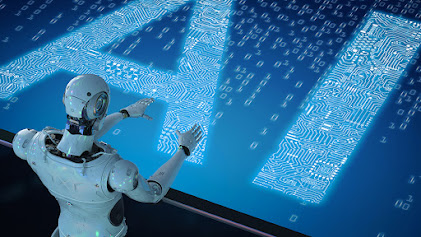Walking around campus or even just sitting down anywhere and looking around, you will see almost all students using technology whether it's a phone, computer, or tablet of somesort. The world is becoming more and more centered around technology due to the extremely fast rate at which modern technology is evolving. Media has become our main source of news, communication, and meeting people. This has it's pros and cons in society, but I feel that the negative aspects are beginning to outweigh the positives.
We watched two vastly different videos in class both portraying technology from different sides of the spectrum. The first one is more optimistic as it explores the predicted wonders of technology, but it is important to acknowledge the fact the video is from the 1960's, so it portrays a somewhat distorted utopia. The video simply shows a prediction of what technology would become. No one wants to think about or predict that something will be negative, we want to predict the best case scenario, but unfortunately that optimistic outlook is somewhat naive.
While the second video can seem somewhat brutal, especially compared to the first one, unfortunately I think it accurately represents our reality. The video is somewhat dramatized, and can even be unsettling to watch, making it even more powerful. We don't want to accept what we are allowing technology to do to our lives, specifically our emotions and mental health. In many ways I believe that technology does help us get smarter. I learn about current events and news all over the country and the world from technology, but there is always the flipside where technology can be filled with misinformation and disinformation. I think that what you learn from technology is in the hands of the user. The invention of technology itself is very impressive and it assists us in everyday tasks, making life easier in some aspects, but at what cost?
I have friends that have tried deleting social media, but soon find themselves back to their old ways once they experience the lack of communication and isolation from friends. I think this grip technology has on us applies more to those of my generation, but it can even stretch to those that are my parents' age. My parents often make comments about how much I use technology, but they need it about as much as I do. My dad is constantly on the phone or computer for work and my mom has a recent obsession with Facebook. Society has created a lose-lose situation when it comes to technology. It is used in everyday life, we really can't get away from it. We use it for school work, jobs, and just basic communication with others. When we try to get away from it or take a break because of mental health issues and stress, we lose our main form of communication with others, which can lead to even greater depression or anxiety. I have spent so many days telling myself I am not gonna go on my phone for the day, but then I will need it for a project or some sort of school work or someone is trying to contact me, so I will end up right back staring at the screen for extended amounts of time.
My relationship with technology grows even more complicated as it allows me to get away from stress, anxiety or even depression, even though it can be the cause of these feelings as well. When watching TikToks, netflix, or just scrolling from my Instagram feed, I am allowed to be distracted from my feelings that can be overwhelming. As a freshman in college, my entire world has changed in the past few months. I am away from my friends and family, I went from being in a high school class of 30 students to being one of 1,500. Technology feels like the only thing I can turn to so I can get away from thinking about the fear and loneliness of college or even the world. I do sometimes worry about these unhealthy aspects of my relationship with technology, but it is how the world works right now. I am hoping as I get older and mature more, I will not rely on social media and technology as much.


























